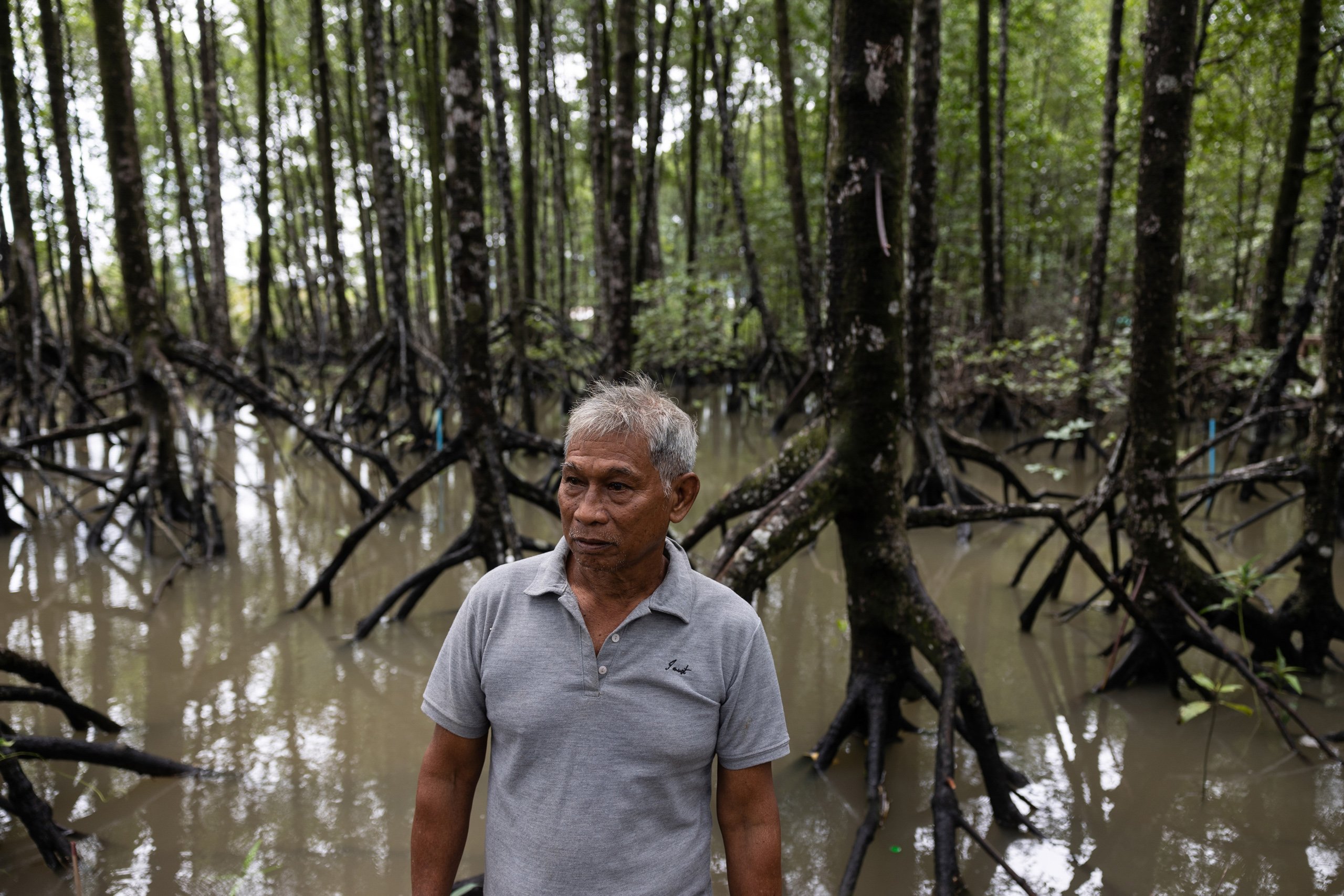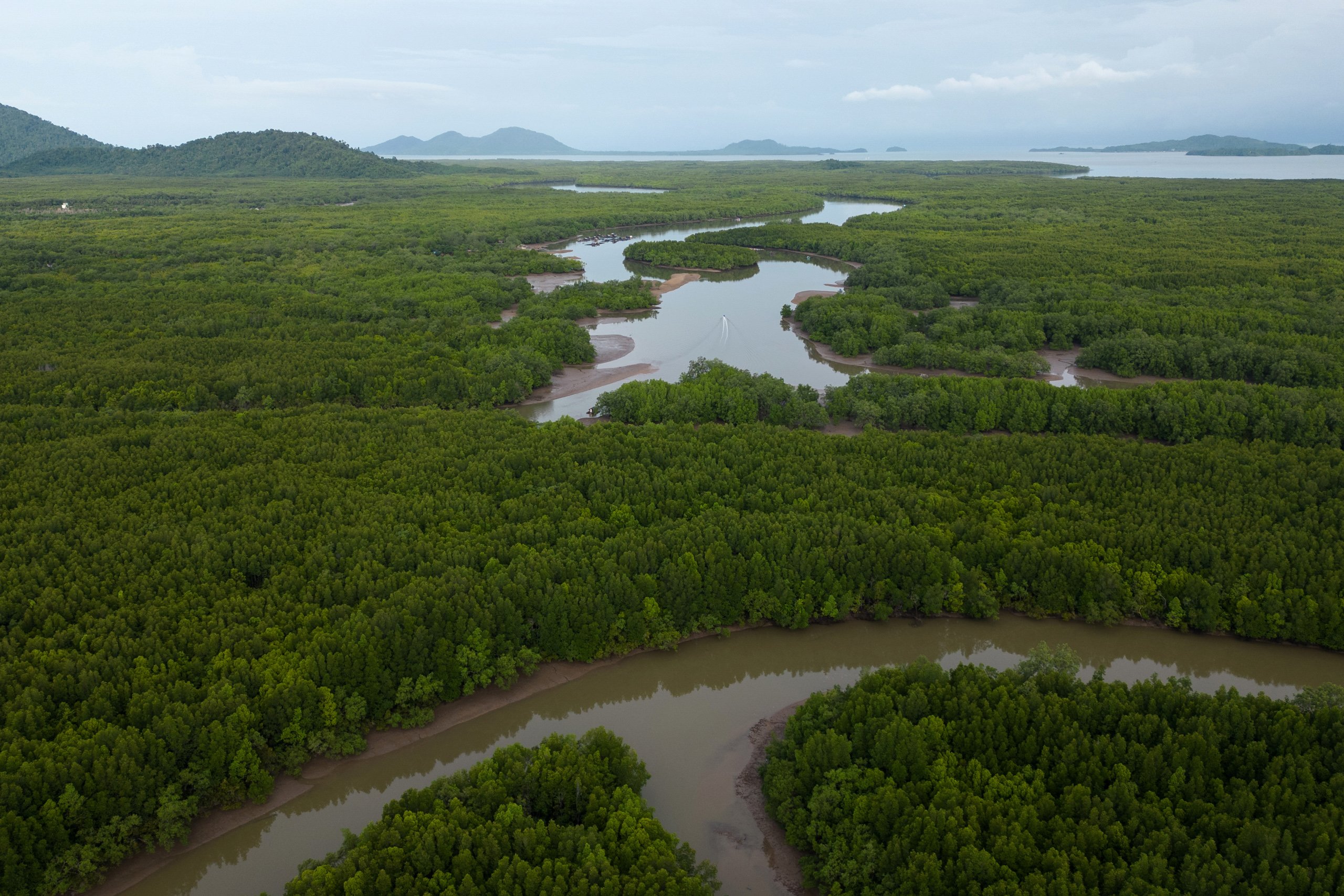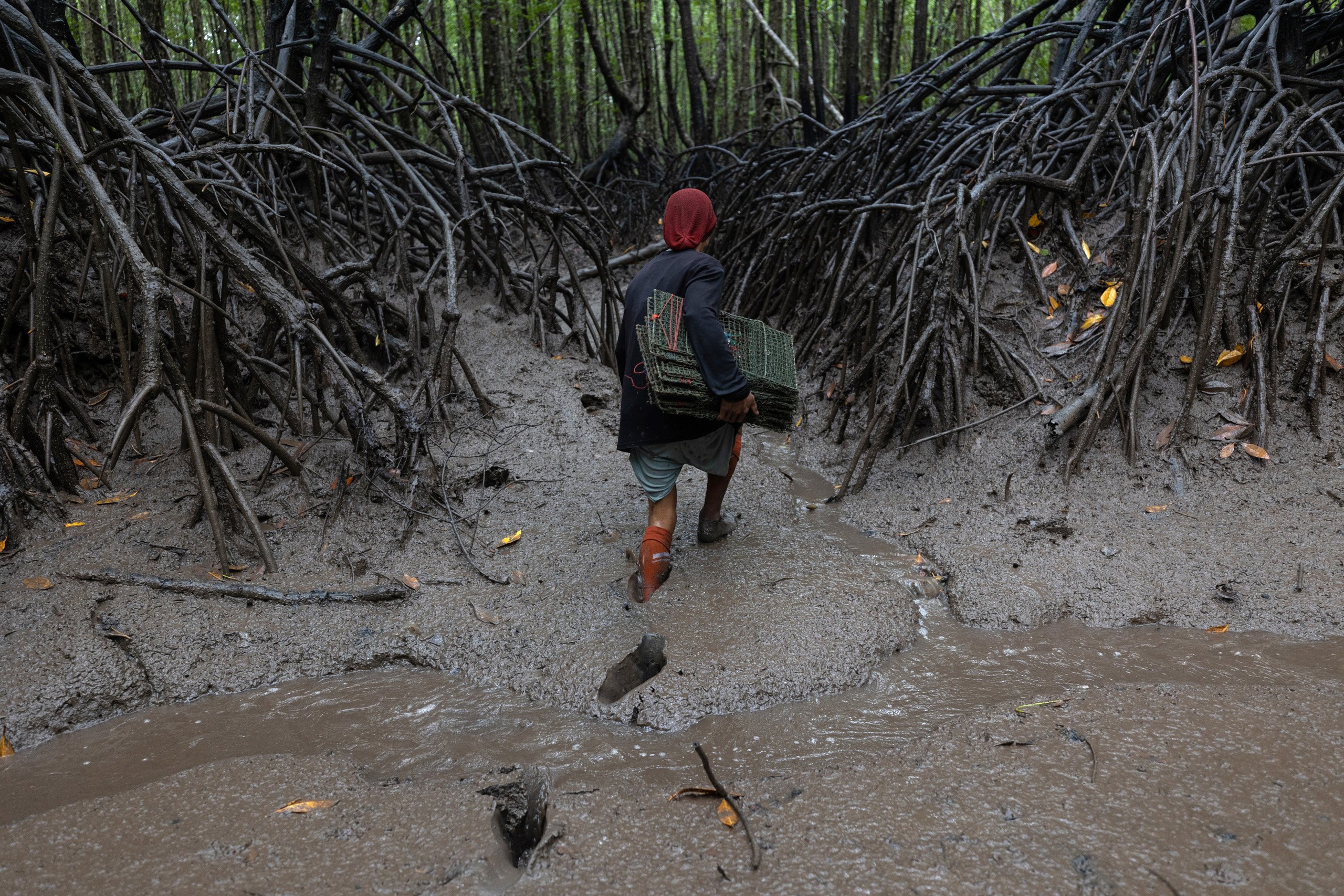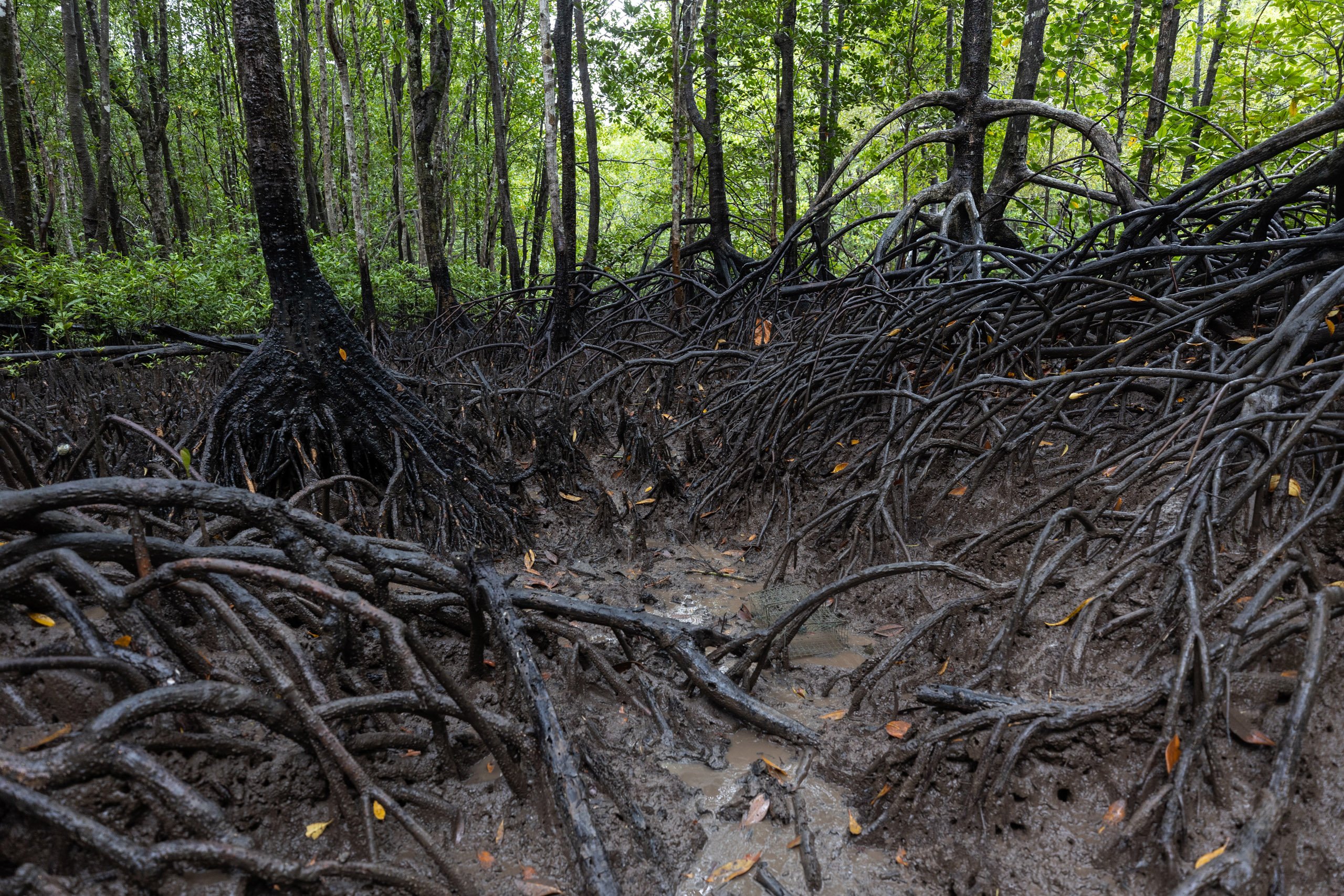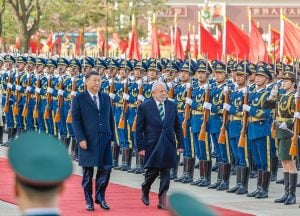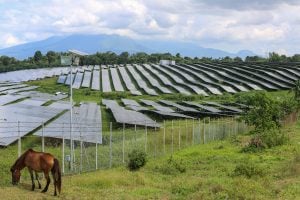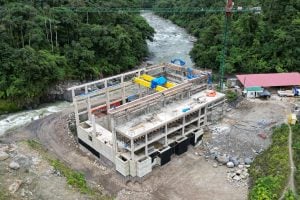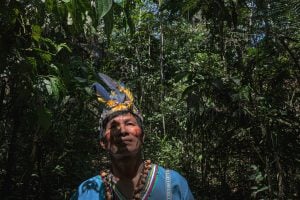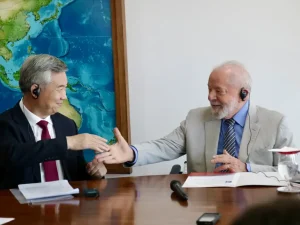Watchara Kumpai, 68, spends most of his time in boots, stomping through coastal mangrove forests in southern Thailand.
He used to work in the tin mining and logging industries that contributed to mangrove loss, until all concessions in mangrove areas were cancelled in 1991. Today, Watchara is dedicated to restoring and protecting these vital ecosystems in Ranong province, as Thailand aims to restore 500,000 rai (80,000 hectares) for carbon credits by 2031.
The Bang Rin sub-district, where Watchara lives, was among the first of 98 communities to join Thailand’s Coastal Community Mangrove for Carbon Credit programme in March 2023. His conservation group protects mangrove patches scattered around three villages in the sub-district, and has so far registered 1,881 rai (301 hectares) of mangrove to generate carbon credits.
“The project is good because we receive additional money for the communities to spend on mangrove restoration,” says Watchara.
After 30 years of concessions for mining, charcoal production and shrimp farming, Watchara and the communities have filled the mud with saplings.
However, only 60km away, a deep-sea port is being planned on Thailand’s Andaman Sea coast. This will connect to an upcoming port on the Gulf of Thailand side via a six-lane motorway of 90km. Dubbed a “land bridge”, the project will allow cargo to bypass the Malacca Strait, and is the centrepiece of the government’s efforts to turn southern Thailand into an industrial hub. Some environmentalists are concerned that the peninsula and mangrove restoration projects will be co-opted by high-polluting companies as part of their greenwashing schemes.
As the global demand for companies to offset their emissions grows, the effectiveness of Thailand’s carbon credit trading in incentivising companies to decarbonise has stirred controversy.
Mangroves for the carbon market
Thailand launched its voluntary domestic carbon market in 2015, the same year the Paris Agreement was adopted.
Six years later, at the UN climate conference in Glasgow, the Paris rulebook was finalised, providing a path forward for international trade in carbon emissions. At the same event, Thailand announced its goal of reaching net-zero greenhouse gases by 2065.
Under the country’s current policies, forests will play a significant role in achieving this, with plans for them to absorb 120 million tonnes of CO2 by 2037. Studies estimate that mangroves store three to five times more carbon than an equivalent area of tropical forest, making Thailand’s southern mangroves a significant carbon sink.
“Mangrove can thrive in our climate and expand continuously, unlike the inland forest which can reach land surface limits,” Chawalit Charoenpong, a marine scientist based at Chulalongkorn University in Bangkok, told Dialogue Earth. “They can also store carbon in their trunks and sediments,” he added. “So, we can say Thailand has potential in blue carbon.”
In 2022, Thailand’s Department of Marine and Coastal Resources (DMCR) launched a project inviting private companies, including oil and gas conglomerates, to invest in mangrove planting and protection to earn carbon credits. The following year, a new initiative, the Coastal Community Mangrove for Carbon Credit programme, was introduced to involve coastal communities as frontline defenders by leveraging the mature mangroves in their neighbourhoods.
The initiative encourages private companies to invest in carbon credit evaluation and pay communities for their conservation efforts. In exchange for protecting and restoring the mangroves for 30 years, communities receive THB 450 per rai (USD 78/hectare) in the first year and THB 200 per rai (USD 35/hectare) thereafter.
As an example, the Bang Rin conservation group, with its 301 hectares, will receive an annual average of THB 391,875 (USD 10,752) for 30 years. Additionally, the group was paid THB 200,000 (USD 5,545) upon signing the contract, to be used for community development programmes.
But conservationists say the plan allows private sector “outsiders” to exploit mature mangroves – resources that communities have already been looking after for years – for greenwashing purposes.
Defending mangroves in Thailand has a history of conflict. In 1993, a local conservation officer was shot dead by a shrimp farm mafia. Today, the Peerasak Adisornprasert forest, named after him, is part of Bang Rin’s carbon credit project.
DMCR told Dialogue Earth that more communities are interested in participating in Thailand’s carbon credit scheme. The contract signed by communities, seen by Dialogue Earth, outlines that they will receive a 20% share of carbon credits generated by the mangroves, while the DMCR will get 10% and private companies the remaining 70%.
Chawalit, the marine scientist, says that measuring and tracking carbon absorption is still a technical challenge, but he believes that experts and authorities can help support the community so they can participate more in this process.
At present, Thailand has registered 215,348 rai (34,456 hectares) of mangroves for carbon credits. The process to certify carbon credits from the mangrove project for offsetting and trade is underway, but in the meantime, the DMCR has doubled its goal to expand the mangroves in the scheme, the department’s director general, Pinsak Suraswadi, tells Dialogue Earth.
Fair share of the forest
Racing against the falling tide, Bao Ningrawee collects crab traps he set the day before among the mangroves of Ban Tha Chang, a village in Ranong. He sells mangrove crabs to support his four children who, like him, are stateless and lack basic rights such as access to formal employment. With few options available to him, crab fishing offers a lifeline.
This crab trap is empty. But Bao says he’s grateful despite the hard work and inconsistent income. After accounting for boat fuel costs, he earns around THB 12,000 a month (USD 332) and can make more than the minimum wage.
The Coastal Community Mangrove for Carbon Credit programme states that “community members may forage in a sustainable manner according to their community practices, without harming the biodiversity or affecting the environment in the project area”.
However, the vague language raises concerns for Bao and others who rely on the mangroves for food and their livelihood. Here in Ranong near the border with Myanmar, many local people like Bao are undocumented.
The wood of the mangrove is also essential to these communities, who use it for housebuilding and to make fishing equipment, such as fish-drying tables. “Communities have proved that we can use the wood in our traditional lives without destroying the forest,” says Pichet Pandam, a local conservation group leader from Phuket province. “But the carbon credit project focuses on protecting the trees. We wouldn’t be able to touch them without getting penalised.”
In June 2023, Pichet found his mangrove community, Bang Rong, listed in the carbon credit registry without prior consultation. Unsure of the negative impacts from corporatising the mangrove, his community withdrew.
Communities are also concerned about the increasing possibility of land disputes with conservation authorities. As part of Thailand’s plan to restore forests nationwide, swathes of land have recently been reclaimed by the government and designated as carbon credit mangrove areas. NGOs say shrimp farmers, who owned land within these areas, were subsequently accused of encroachment and have had their land seized.
Greenwashing or win-win?
Thailand’s parliament is in the process of drafting its first climate change act, in part to establish legal mechanisms for the emerging carbon credit market.
The act will recognise carbon credits as a mechanism for tackling emissions. According to the current draft, credits will be tradeable to offset up to 15% of a company’s emissions, allowing businesses to buy credits when unable to fully decarbonise.
The act has sparked debate over the role pro-market solutions should play in Thailand’s energy transition. While proponents believe carbon credits can drive realistic change, watchdogs warn they could lead to greenwashing by major polluters.
“Carbon credits are a distraction from the true solutions for climate change,” says Pichet, who fears the mechanism will shift responsibility away from businesses. “If communities take part in this mischievous project, we’re part of the minions who are hired to grow trees for greenwashing.”
The act is expected to pass in September this year, when the cabinet will also review the bill supporting the land bridge project and widespread industrial expansion in southern Thailand.
Pinsak, of the DMCR, tells Dialogue Earth that the mangrove-for-carbon-credit programme is optional, and he believes carbon credits will bring more benefits than drawbacks.
“The authorities get rich forest without spending the national budget. Meanwhile, the communities get to use natural resources and [receive] financial support, and the private companies get their carbon credits,” he says. “I see it as a win-win.”
The Pulitzer Center contributed to the resources for this story.
